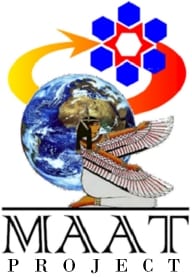 Dr Jill Stewart, Senior Lecturer in Thermofluids in the School of Engineering has secured a 3-year KTP grant in collaboration with Napier Turbochargers Lincoln.
Dr Jill Stewart, Senior Lecturer in Thermofluids in the School of Engineering has secured a 3-year KTP grant in collaboration with Napier Turbochargers Lincoln.
The project will develop a design methodology of turbocharger compressor impellers that are resilient to typical manufacturing tolerances thus maintaining efficiency and reducing manufacturing non-conformance cost.
The project is anticipated to commence in August 2011
Napier Turbochargers is a wholly self-owned company, having previously been owned by Siemens Power Generation, specifically Siemens Industrial Turbomachinery Ltd being based on the same site in Lincoln when it bought the neighbouring Alstom Power Turbines in March 2003; Alstom (former GEC-Alsthom) had owned the company since GEC bought English Electric in the late 1960s.






